A nano aquarium offers the beauty and tranquility of an underwater ecosystem in a compact, manageable package. Unlike larger aquariums, these miniature marvels—typically under 10 gallons—can be established in limited spaces while still creating a vibrant aquatic world. The true magic happens when you design your nano tank to be self-sustaining, creating a balanced ecosystem that requires minimal intervention. This guide will walk you through creating a nano aquarium that essentially maintains itself, allowing you to enjoy the beauty of aquatic life without constant maintenance.
Understanding the Nano Aquarium Ecosystem

A self-sustaining nano aquarium functions as a miniature ecosystem where all components work together in harmony. The key to success lies in establishing the nitrogen cycle, where beneficial bacteria convert fish waste (ammonia) to nitrites and then to less harmful nitrates, which plants then absorb as nutrients. This closed-loop system mimics natural aquatic environments where waste from one organism becomes nutrition for another. Unlike conventional tanks that require frequent water changes and maintenance, a properly balanced nano tank can operate with minimal human intervention for extended periods. The small scale actually offers advantages, as ecological changes happen quickly and can be addressed before they become problematic.
Selecting the Ideal Tank

When choosing a tank for your self-sustaining nano aquarium, size matters significantly—aim for at least 5 gallons, as smaller volumes fluctuate too rapidly in temperature and water parameters. A cube or rectangular shape maximizes surface area for gas exchange while providing adequate depth for aquascaping. Look for tanks with integrated filtration systems that can be modified for gentle flow, as aggressive currents can stress small aquatic inhabitants in limited spaces. High-quality glass is preferable to acrylic for nano tanks since it resists scratches better over time, maintaining crystal-clear viewing. Consider tanks with built-in LED lighting specifically designed for planted aquariums, as proper lighting is crucial for plant photosynthesis in a self-sustaining system.
Essential Equipment for Self-Sustainability

The right equipment forms the foundation of a low-maintenance nano ecosystem. Start with a gentle, adjustable filter—sponge filters are ideal as they provide biological filtration without creating strong currents that could disturb delicate inhabitants. LED lighting specifically designed for planted tanks is crucial, providing the correct spectrum for photosynthesis while consuming minimal electricity. A reliable thermometer and small heater with automatic shut-off features will maintain stable temperatures, critical in small water volumes where fluctuations occur rapidly. Consider adding a simple glass lid to reduce evaporation and prevent jumpers from escaping while still allowing adequate gas exchange. Rather than traditional air stones, which can create too much turbulence, opt for surface agitation from the filter to provide sufficient oxygenation without disrupting the calm environment.
Substrate Selection and Preparation

The substrate in your nano aquarium serves multiple critical functions beyond aesthetics, acting as a foundation for plants and a home for beneficial bacteria. For self-sustaining systems, specialized planted tank substrates like ADA Aquasoil, Fluval Stratum, or Eco-Complete provide ideal conditions with nutrients embedded in their composition. Create depth variation by sloping the substrate higher in the back (2-3 inches) and lower in the front (1-1.5 inches), which not only creates visual perspective but also provides different planting zones. Before adding the substrate to your tank, rinse it gently to remove excessive dust while preserving the beneficial minerals and nutrients. Consider incorporating a thin layer of activated carbon or Purigen beneath the visible substrate to help maintain water clarity without frequent changes, an essential feature for truly self-sustaining systems.
Strategic Plant Selection

Plants are the workhorses of a self-sustaining nano aquarium, absorbing nitrates and producing oxygen while creating natural habitats for aquatic life. Fast-growing species like Hornwort, Anacharis, and Water Sprite rapidly consume nutrients, helping to prevent algae blooms in the critical early stages of tank establishment. Include slow-growing plants like Anubias, Java Fern, and Bucephalandra for long-term stability, as these hardy species thrive with minimal light and rarely need pruning. Floating plants such as Frogbit or Salvinia serve dual purposes by providing shade for light-sensitive species while their extensive root systems act as natural filters, absorbing excess nutrients from the water column. Don’t overlook beneficial, microscopically small plants like Marimo moss balls, which compete with algae for resources while adding unique aesthetic appeal to the aquascape.
Creating a Balanced Hardscape

The hardscape elements—rocks, driftwood, and other non-living materials—form the architectural framework of your nano ecosystem while providing functional benefits. Driftwood not only creates natural-looking structures but also slowly releases tannins that slightly lower pH and provide mild antibacterial properties beneficial to many aquatic species. Select rocks carefully, avoiding those that might alter water chemistry (like limestone in a soft water setup) while choosing types that complement your desired aesthetic—dragon stone creates dramatic landscapes, while lava rock provides porous surfaces for beneficial bacteria colonization. Arrange hardscape materials to create varied microzones, including caves, overhangs, and open swimming areas, maximizing the functional space within your limited nano environment. Remember that in self-sustaining systems, the hardscape should occupy about 20-30% of the tank volume, creating structure without overcrowding the space needed for water circulation and biological processes.
Cycling the Tank Properly

Before adding any livestock, establishing a robust nitrogen cycle in your nano aquarium is essential for long-term stability. Begin the cycling process by adding a source of ammonia—either pure ammonia dosing or a small amount of fish food that will decompose—which provides food for beneficial bacteria to colonize your filter media and substrate. Test water parameters regularly during this period, watching for the characteristic pattern of ammonia rising, then falling as nitrites appear, and finally nitrites decreasing as nitrates accumulate, indicating a successfully established bacterial colony. This cycling process typically takes 4-6 weeks in a nano setup, and patience during this phase is crucial—rushing to add livestock before the cycle completes often leads to system crashes and animal suffering. Consider using bacterial starter products like Tetra SafeStart or Seachem Stability to accelerate the process, but still verify completion through water testing before proceeding to stock your aquarium.
Selecting Compatible Inhabitants

The key to a self-sustaining nano ecosystem lies in selecting the right balance of inhabitants that contribute to overall stability. Choose small, peaceful fish species with minimal bioload, such as Celestial Pearl Danios, Chili Rasboras, or Endler’s Livebearers, keeping population density minimal—approximately one inch of fish per two gallons of water. Incorporate a cleanup crew of invertebrates like Nerite snails to manage algae on hard surfaces, Amano shrimp to consume detritus and soft algae, and Malaysian Trumpet Snails to aerate the substrate and prevent anaerobic pockets. Microorganisms like copepods and detritivores naturally establish themselves over time, breaking down waste into components that plants can more readily absorb. Remember that in truly self-sustaining systems, less is more—understocking is preferable to overstocking, as the latter will quickly overwhelm the delicate balance and require frequent maintenance interventions.
Establishing the Perfect Light Cycle

Lighting in a self-sustaining nano aquarium requires careful balance to promote plant growth while preventing excessive algae development. Establish a consistent photoperiod of 6-8 hours daily in the beginning, gradually increasing to no more than 10 hours as the system matures and plants become established. Consider implementing a “siesta period” by splitting the light cycle into two segments with a 2-3 hour dark period in between, which disrupts algae growth cycles while still providing adequate light for plant photosynthesis. If your LED light has intensity controls, start at about 50-60% power and adjust based on plant response and algae growth patterns. Natural indirect sunlight can supplement artificial lighting, but avoid direct sunlight, which quickly leads to temperature fluctuations and algae blooms that can destabilize your nano ecosystem. Smart timers that simulate sunrise and sunset through gradual intensity changes reduce stress on inhabitants while creating more natural behavioral patterns.
Feeding Strategies for Minimal Maintenance

Proper feeding techniques are crucial in maintaining the delicate balance of a self-sustaining nano aquarium. Implement a “less is more” approach, feeding small amounts that can be completely consumed within 2-3 minutes, typically every other day rather than daily. Choose high-quality foods with minimal fillers to reduce waste production, and consider specialized foods like those containing black soldier fly larvae or daphnia that more closely mimic natural diets while producing less waste. Live foods like microworms or baby brine shrimp not only provide excellent nutrition but also create mini-ecosystems, as any uneaten portions become food for microorganisms in your tank. Observe natural feeding behavior in your system—many shrimp and snails will subsist largely on biofilm and algae that develop naturally, requiring minimal supplemental feeding. Remember that in a truly self-sustaining tank, slight underfeeding is preferable to overfeeding, as the latter quickly pollutes the water and destabilizes the entire system.
Water Parameter Management

Maintaining stable water parameters is especially crucial in the limited volume of a nano aquarium, where small changes can have significant impacts. Invest in quality test kits that measure ammonia, nitrite, nitrate, pH, and hardness, and establish a testing schedule—weekly in the beginning, then biweekly or monthly as the system stabilizes. Rather than frequent large water changes, self-sustaining nano aquariums benefit from small, targeted water replenishment to counter evaporation, typically adding just enough treated water to maintain the original level. Temperature stability is critical in small volumes, so position your nano tank away from windows, heating vents, or air conditioners that could cause fluctuations. Learn to read the subtle signals your tank provides—increased algae growth often indicates excess nutrients, while plant leaves turning yellow may signal nutrient deficiencies requiring minimal supplementation rather than complete water changes.
Troubleshooting Common Issues

Even well-planned, self-sustaining nano aquariums occasionally encounter challenges that require intervention. Algae blooms, the most common issue, typically indicate an imbalance between light, nutrients, and consumption—address by temporarily reducing light intensity, adding fast-growing plants, or introducing additional algae consumers like Amano shrimp. If ammonia or nitrite levels spike unexpectedly, implement a small (10-15%) water change while investigating the cause, which is often a deceased inhabitant hidden in the aquascape or overfeeding. Cloudy water typically indicates a bacterial bloom, which usually resolves itself within a few days as the system rebalances—resist the urge to “fix” this with water changes or chemical clarifiers. Plant health issues often relate to specific nutrient deficiencies, which can be addressed with minimal liquid fertilizers dosed at quarter strength compared to recommendations for larger tanks. Remember that in a nano ecosystem, patience is key—many issues resolve naturally if given time for the system to adjust and rebalance itself.
Long-Term Maintenance Schedule

A successful self-sustaining nano aquarium requires minimal but consistent attention to maintain its delicate balance. Establish a maintenance calendar that includes monthly tasks like gentle filter rinsing using water removed from the aquarium (never tap water, which kills beneficial bacteria), pruning overgrown plants, and removing accumulated detritus from visible areas using a turkey baster or small siphon. Quarterly maintenance should include deeper substrate cleaning in small sections (never all at once), checking equipment functionality, and cleaning algae from glass surfaces. Rather than removing filter media for replacement, simply rinse a portion of it gently to maintain biological filtration capacity while removing debris. Top off evaporated water weekly with dechlorinated water, keeping a record of how much you add to identify any changes in evaporation rate that might indicate problems. The beauty of a well-established, self-sustaining system is that these maintenance tasks become brief observations rather than major interventions, often requiring less than 15 minutes per week once the ecosystem reaches maturity.
Evolving Your Nano Ecosystem

A truly rewarding aspect of maintaining a self-sustaining nano aquarium is watching it mature and develop its own unique characteristics over time. As your system ages, you’ll notice beneficial microorganisms establishing themselves naturally, creating complex food webs that increase overall stability. Allow some managed areas of detritus and mulm to develop in hidden areas of the tank, as these become important microhabitats for infusoria and other beneficial organisms that provide natural food for tank inhabitants. Observe the natural balance that develops between different species, noting how they partition resources and space—this information guides future stocking decisions to further enhance stability. Consider keeping a journal documenting changes in your nano ecosystem, which not only creates a valuable reference but also helps you develop an intuitive understanding of the subtle interactions between different components. The most successful self-sustaining nano aquariums aren’t static displays but dynamic, evolving systems that develop increasingly complex relationships between their inhabitants over months and years.
Creating a self-sustaining nano aquarium is both an art and a science, combining aesthetic principles with ecological knowledge. The key lies in patience—allowing natural processes to establish themselves without rushing or over-intervening. When properly balanced, these miniature ecosystems require minimal maintenance while providing maximum enjoyment, offering a window into complex aquatic relationships that largely manage themselves. Whether you’re a beginner seeking a low-maintenance introduction to aquarium keeping or an experienced aquarist looking to create a masterpiece of natural balance, the self-sustaining nano aquarium represents the perfect blend of beauty, science, and sustainability in a compact package.

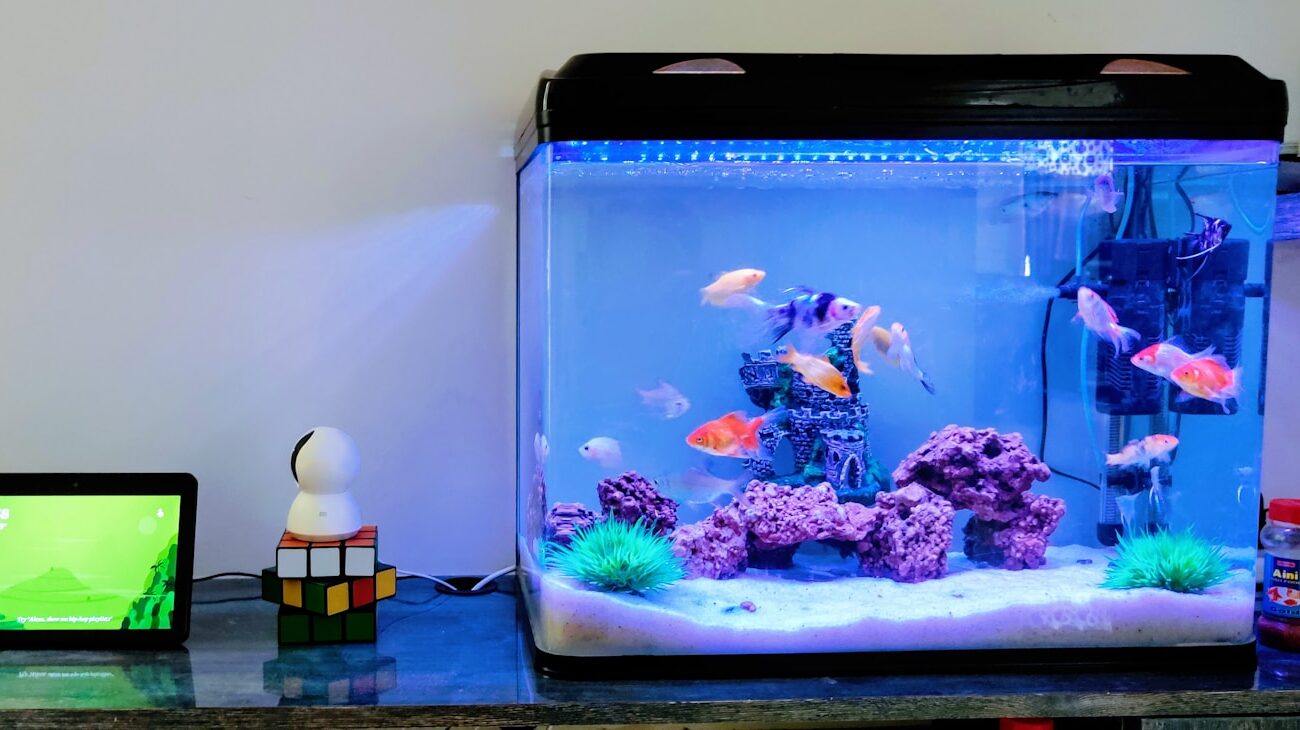
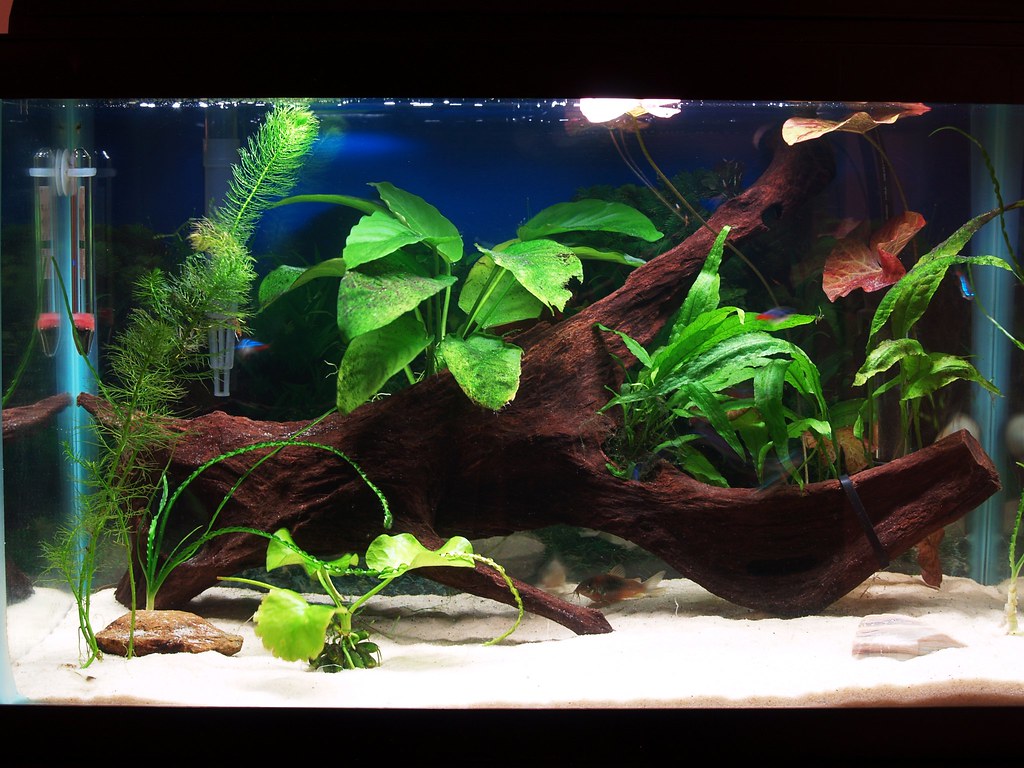
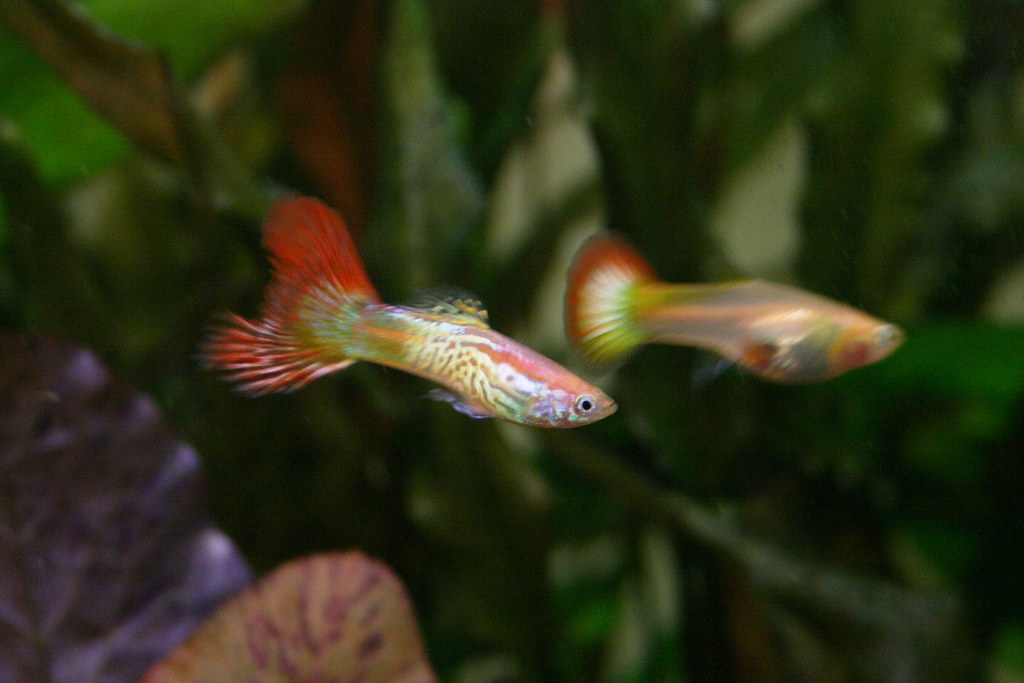
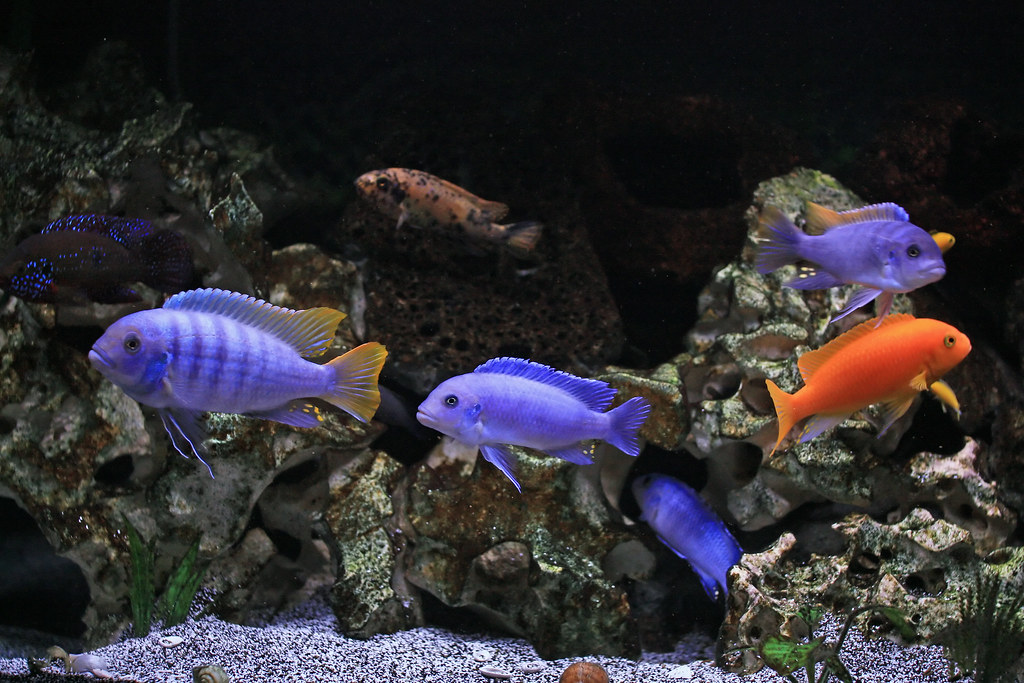
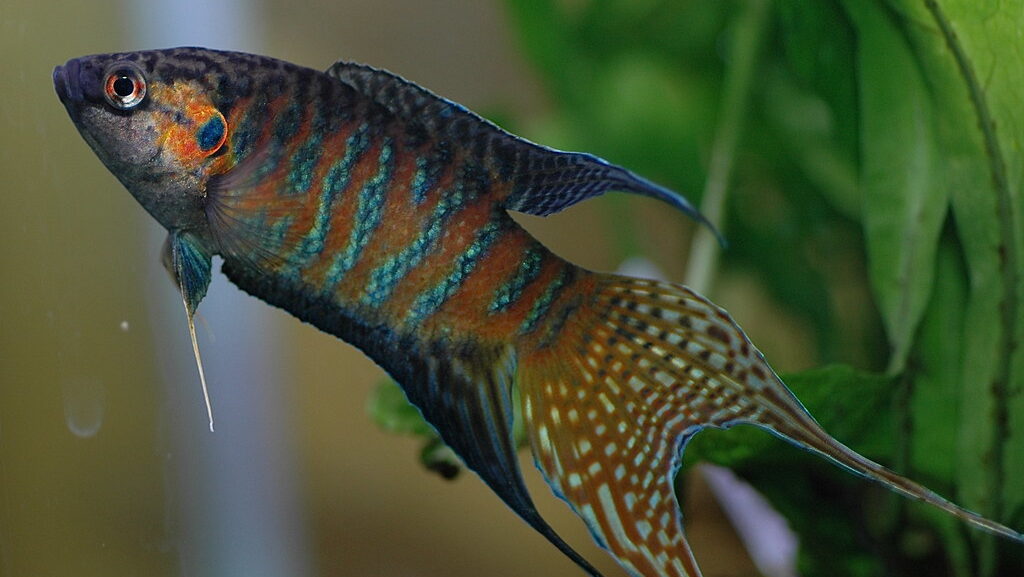
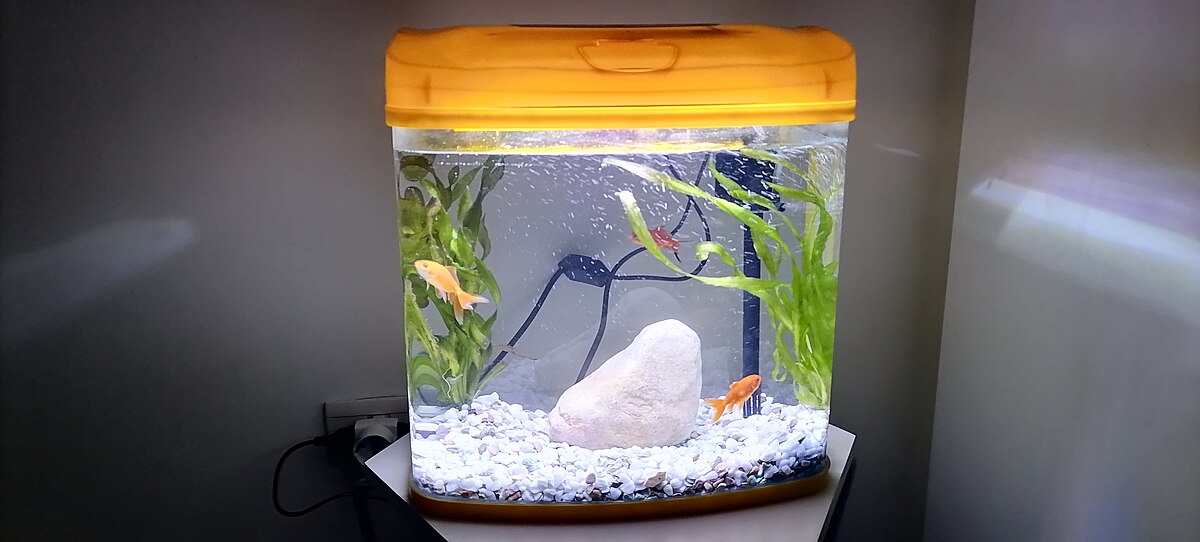
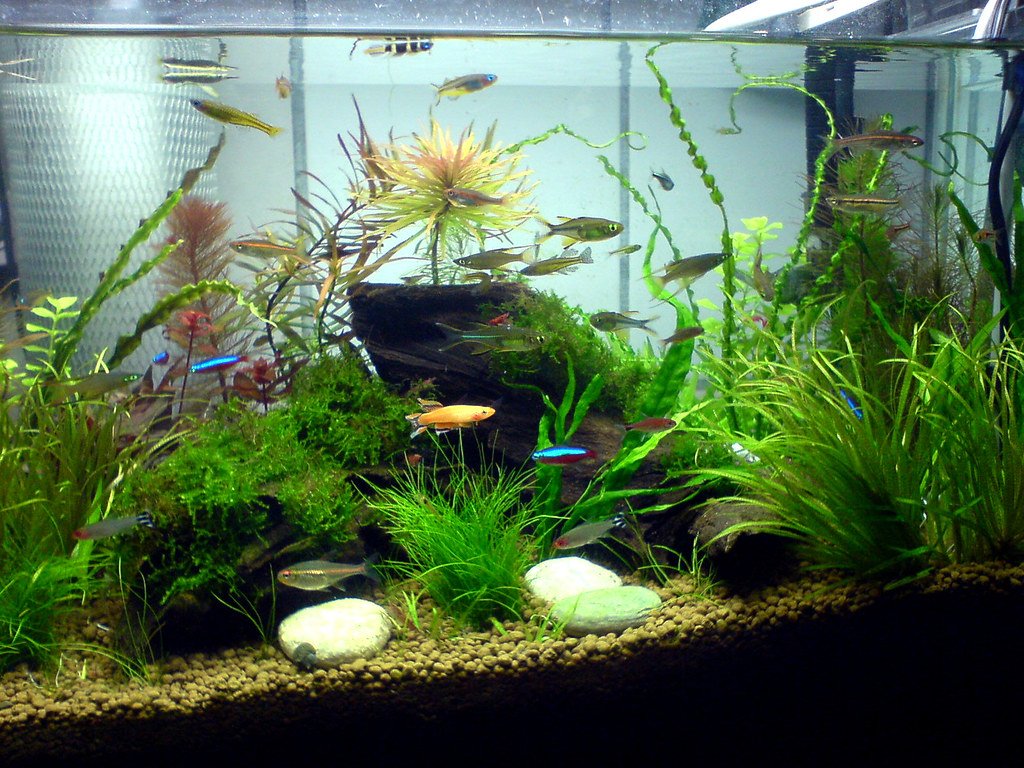
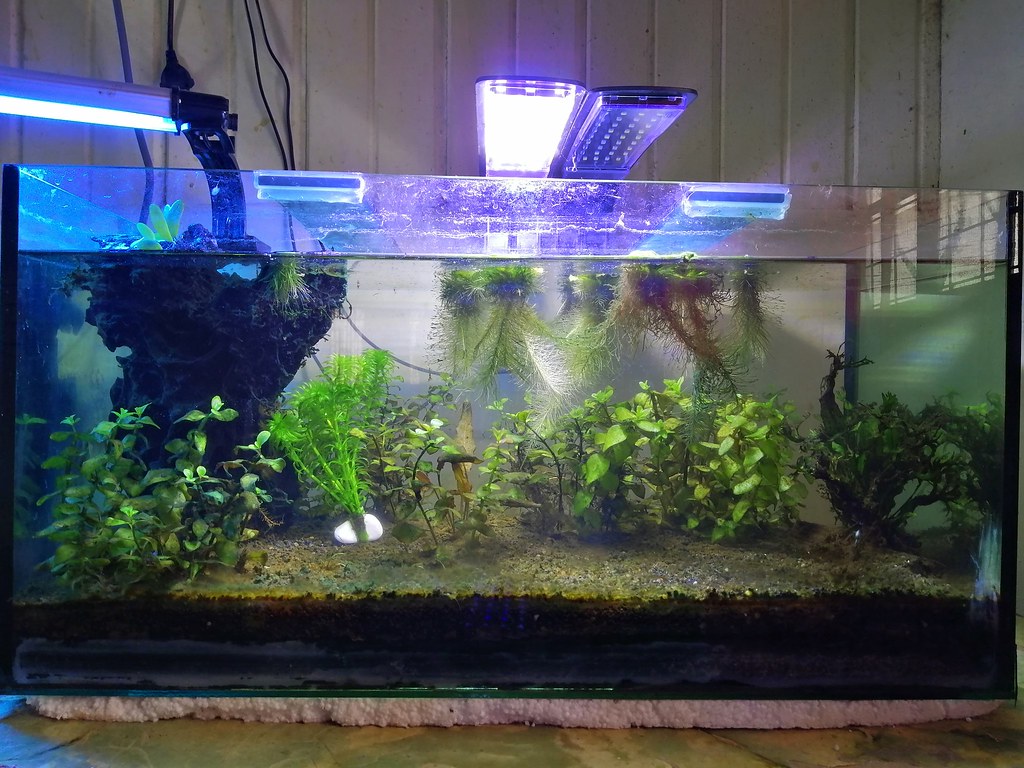
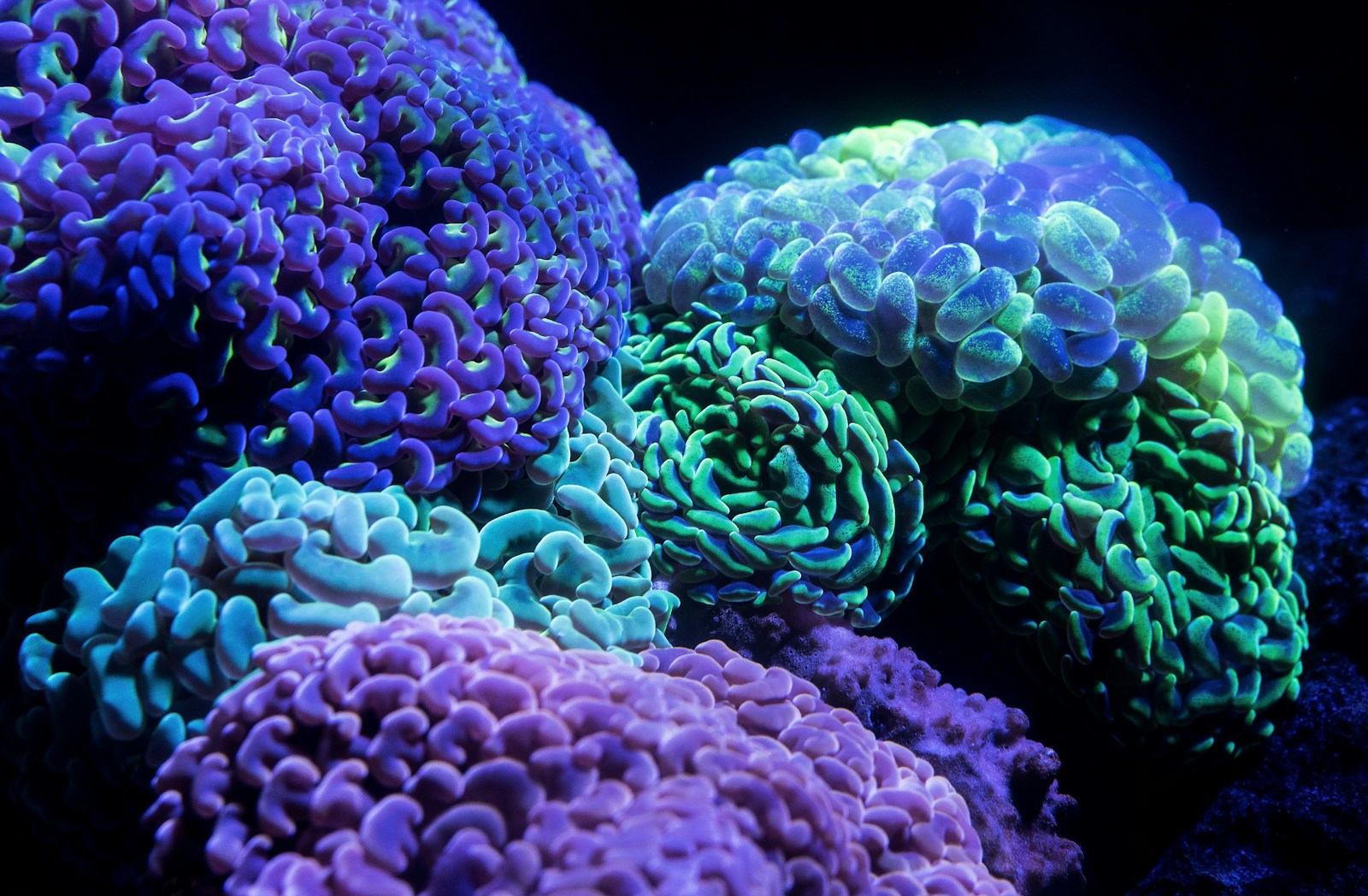

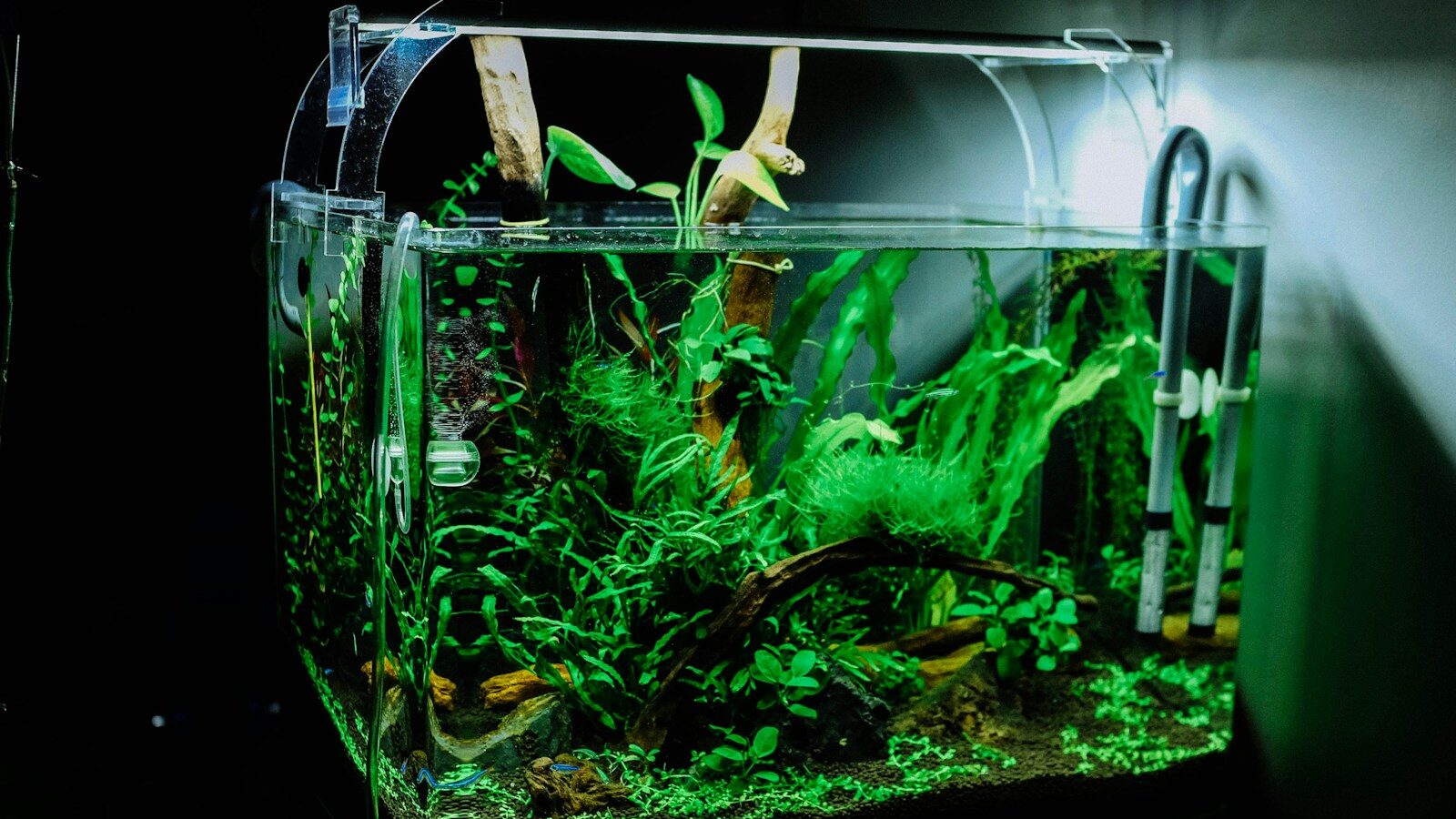




Leave a Reply